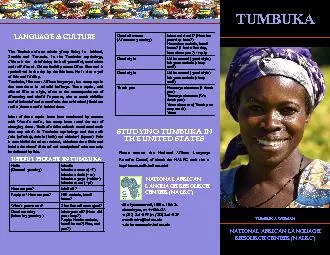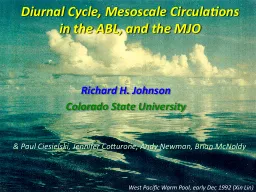PPT-GOOD AFTERNOON TO ALL
Author : Thrillseeker | Published Date : 2022-08-03
BIO GEOGRAPHY TOPIC ORIGIN OF FLORA AND FAUNA DAY ORDERIII D ate 05082020 T ime 230 to 330 S Nithya Lecturer in geography Gcwk A Flora and fauna refer to
Presentation Embed Code
Download Presentation
Download Presentation The PPT/PDF document "GOOD AFTERNOON TO ALL" is the property of its rightful owner. Permission is granted to download and print the materials on this website for personal, non-commercial use only, and to display it on your personal computer provided you do not modify the materials and that you retain all copyright notices contained in the materials. By downloading content from our website, you accept the terms of this agreement.
GOOD AFTERNOON TO ALL: Transcript
Download Rules Of Document
"GOOD AFTERNOON TO ALL"The content belongs to its owner. You may download and print it for personal use, without modification, and keep all copyright notices. By downloading, you agree to these terms.
Related Documents














